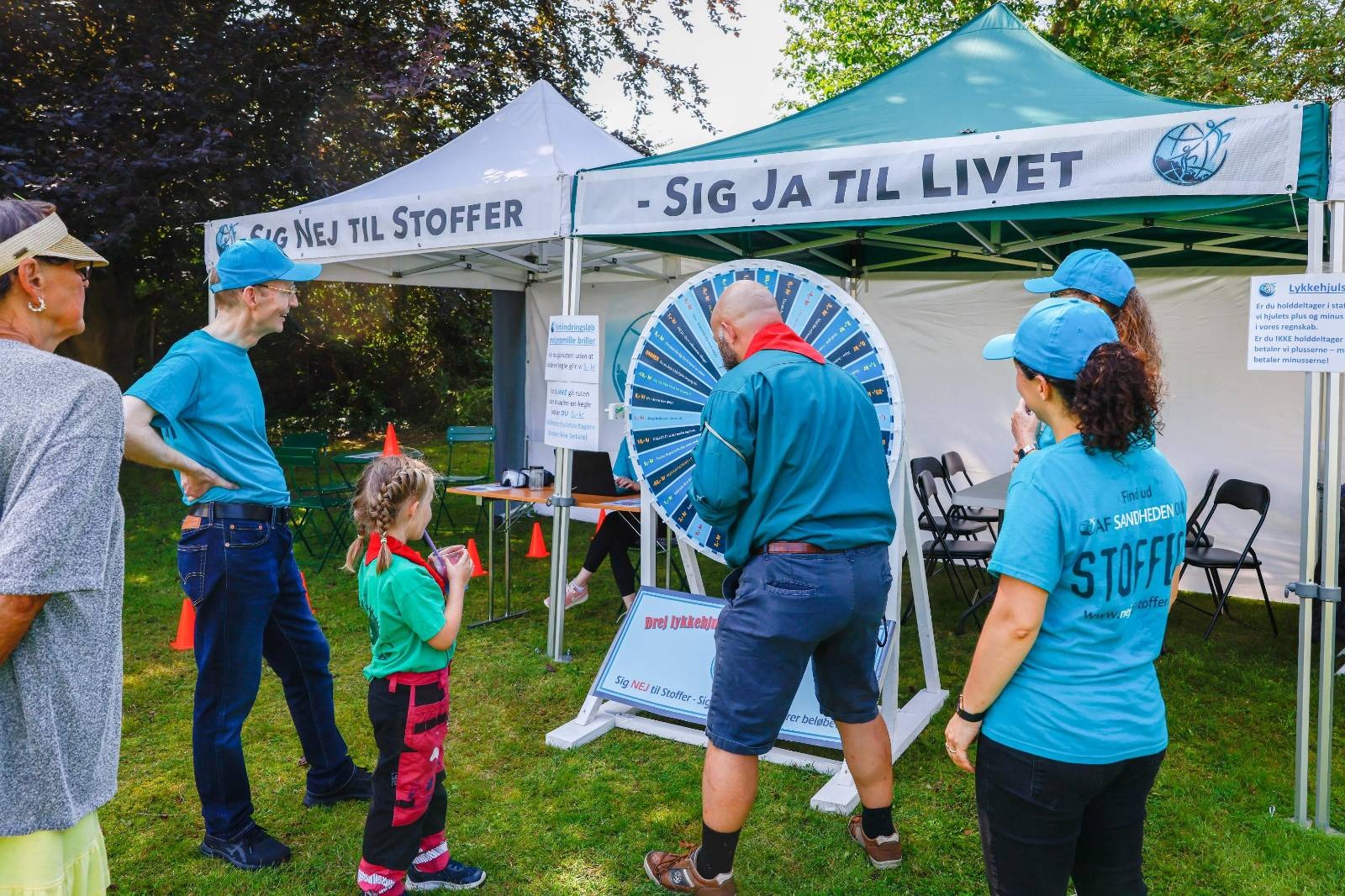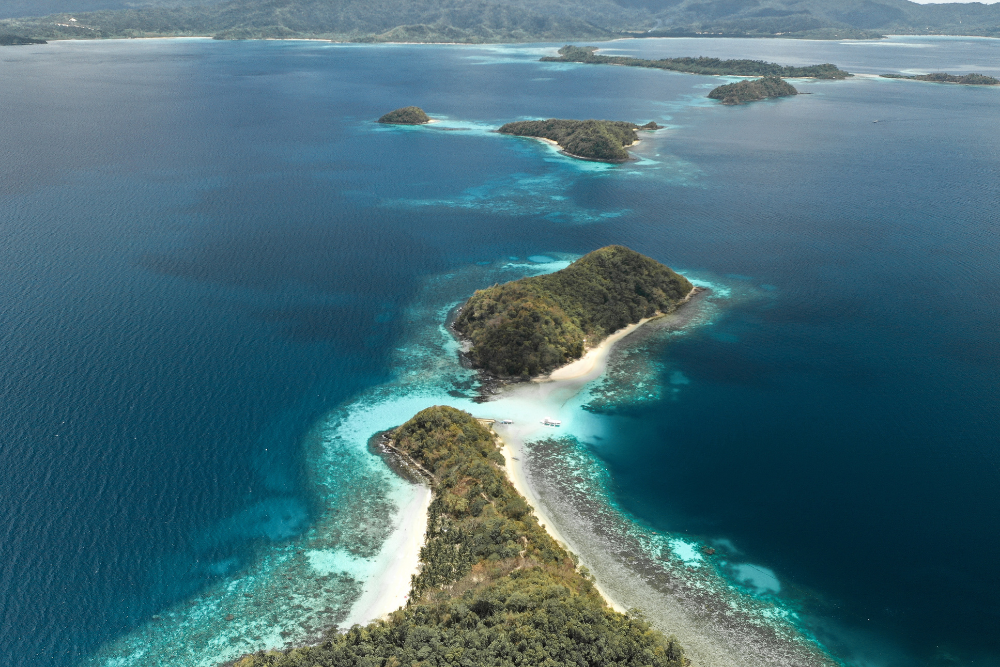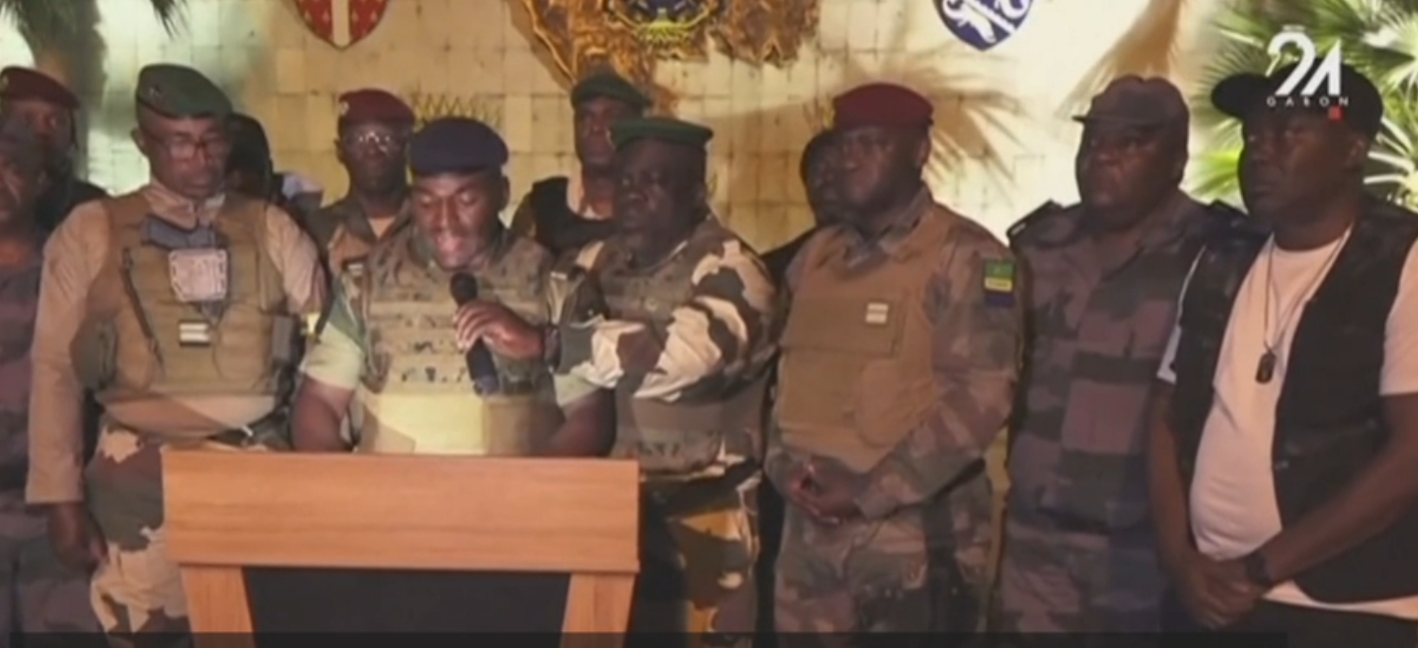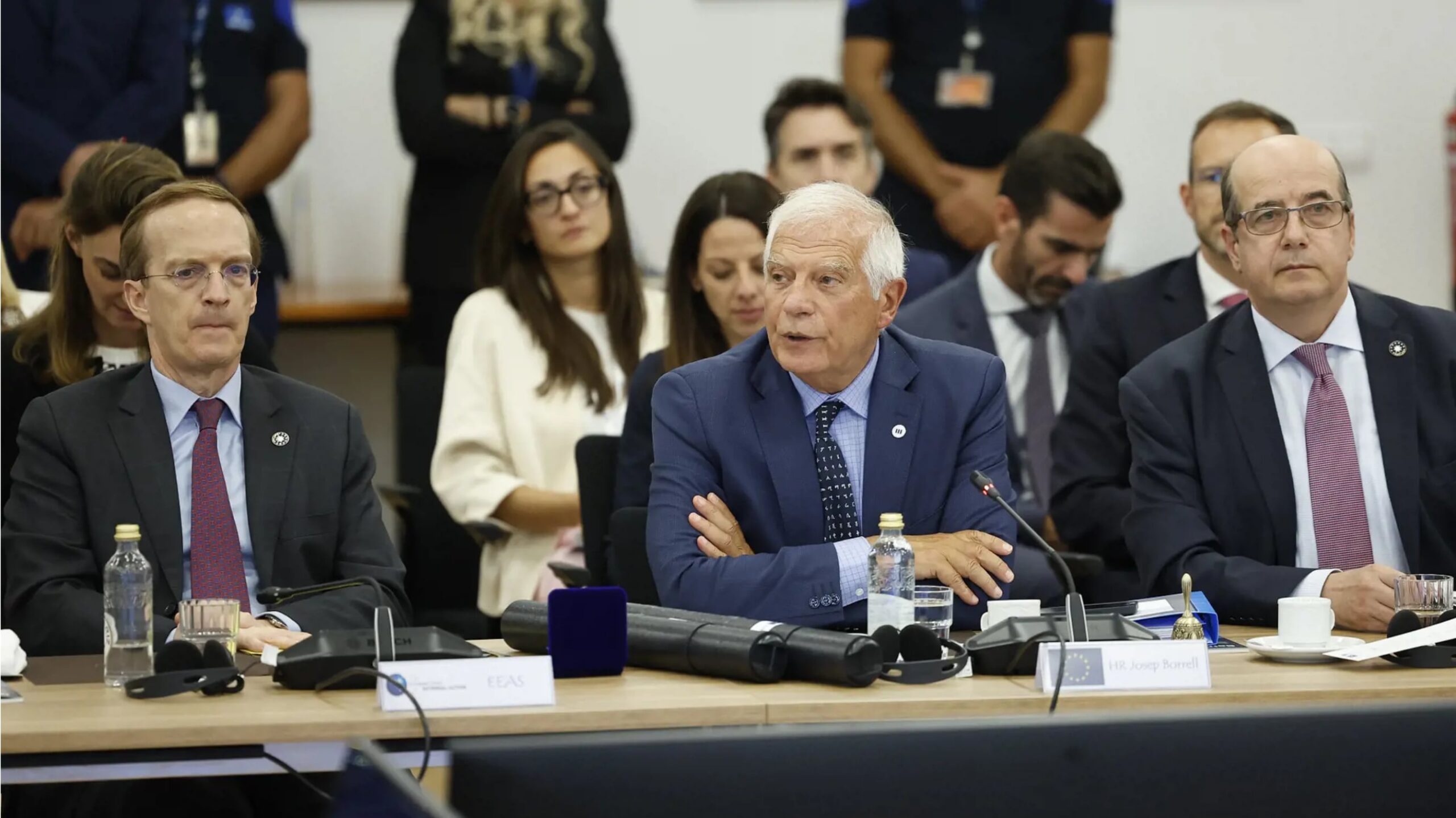A group of UN independent human rights experts on Wednesday urged the Government of Mexico to investigate and prosecute those who attack and kill women activists searching for their missing relatives.
“We are outraged that those searching for forcibly disappeared family members and loved ones continue to be targeted and face violence in Mexico,” they said in a statement, issued in the wake of two recent incidents.
Brutal murder of women activists
Human rights defender Teresa Magueyal was shot dead while riding her bicycle in Celaya, Guanajuato state, on 2 May. Her son, José Luis Apaseo Magueyal, 34, disappeared three years ago.
Ms. Magueyal was part of a group formed by families of people who have disappeared and was the sixth volunteer to be killed since 2021, according to media reports.
Two months earlier, Araceli Rodríguez Nava, who is in a tireless search for her disappeared son, was attacked in Chilpancingo, capital of Guerrero state. The incident took place on 4 March.
Both women were beneficiaries of the federal protection mechanism for human rights defenders and journalists, the UN experts said. Although their cases remain under investigation, information about its effectiveness has been scarce.
Ensure freedom and safety
The UN experts urged the Mexican authorities to ensure human rights defenders working on enforced disappearances can operate freely and safely.
They said enforced disappearances and attacks targeting these activists are linked to the presence of organised crime groups, extortion, human trafficking, kidnapping networks, corruption and collusion with authorities.
Furthermore, operating in a constant environment of fear, threat and insecurity has an intimidating effect on relatives of the victims, civil society, human rights defenders, and organisations.
Investigate and prosecute
They added that many of the rights defenders are women and older persons, increasing their risk of being targeted.
“It is extremely worrying that impunity for crimes against human rights defenders and activists continues despite complaints being filed. Prevention measures and protection for victims and targets of the attacks are either not provided, or not effective,” they said.
“The Government of Mexico needs to promptly investigate, prosecute, and impose appropriate sanctions on any person responsible for the alleged violations”.
Adopt all measures
As their statement was issued on the International Day of the Victims of Enforced Disappearances, the UN expert surged the Mexican Government “to adopt all necessary measures to prevent irreparable damage to the life and personal integrity of those searching for the forcibly disappeared, their family members, civil society movements, organisations and public servants.”
They noted that a presidential campaign called De Frente a la Libertad is underway in Mexico that is giving greater visibility to the risks faced by journalists and human rights activists in the country.
They said it was time for authorities to take effective measures to protect human rights defenders searching for truth and justice.
About UN rights experts
The statement was issued by Mary Lawlor, UN Special Rapporteur on the situation of human rights defenders; Reem Alsalem, UN Special Rapporteur on violence against women and girls, and Claudia Mahler, Independent Expert on the enjoyment of all human rights by older persons.
It was endorsed by a UN Working Group and Committee whose mandates cover enforced or involuntary disappearances.
The experts were appointed by the UN Human Rights Council and work on a voluntary basis.
They are not UN staff and do not receive payment for their work.
Centro de Estudios Ecunémicos – Thousands of women in Mexico search for their missing children.














